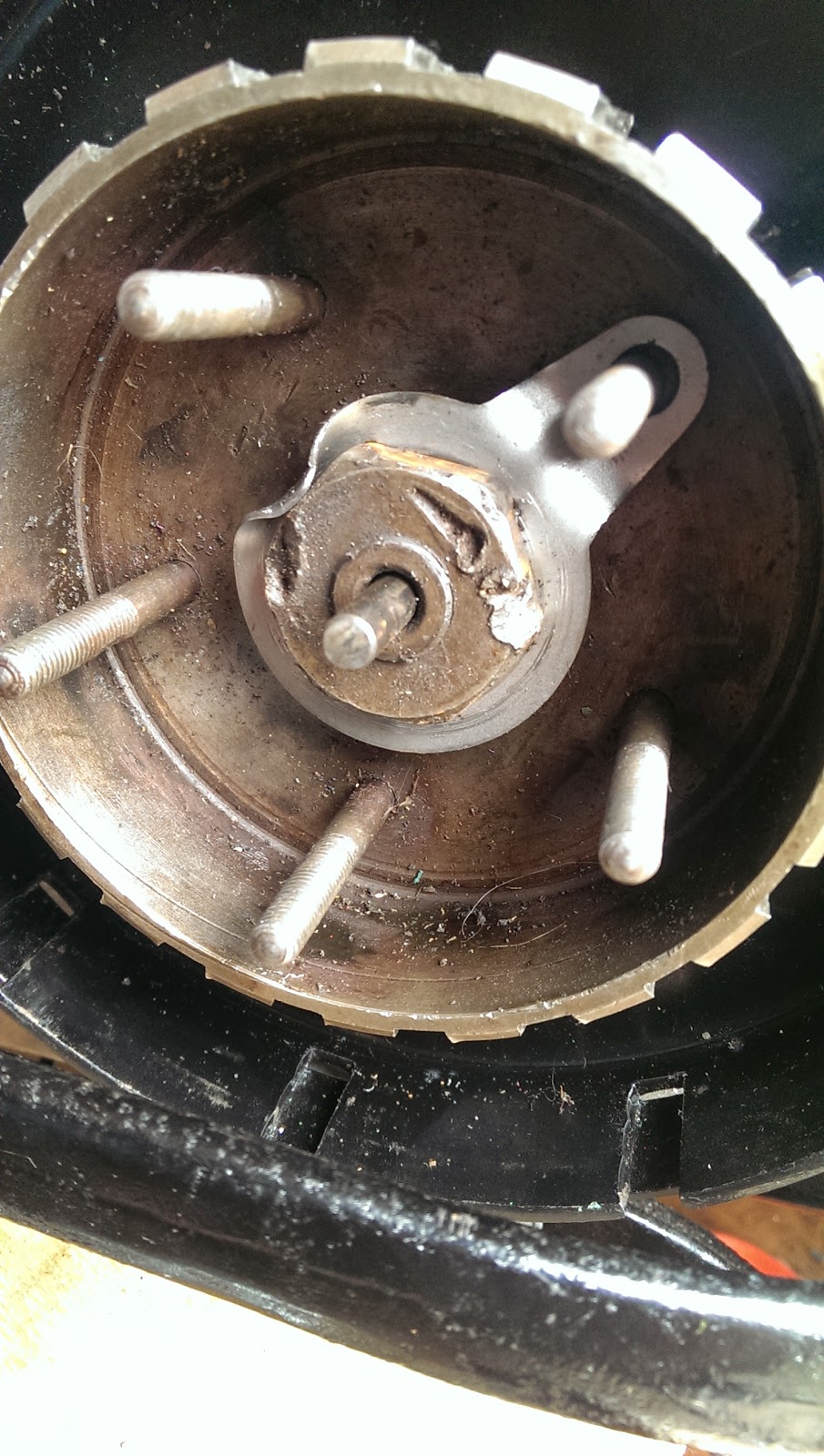Time to hook up the dynamo. The split bullets so beloved of Mr Lucas are a crude but effective design. I thought I'd show you how to use them. These came from Feked, though you can get them all over the place.
Strip the cable insulation so that there is a similar length of bare wire as the length of the bullet:
Push the wire into the wider end of the bullet, and fan the wire evenly over the bullet:
You may need to pass one of the wires through the Tufnol retaining piece before you fit the bullet. Push both the bullets into their socket in the dynamo and screw the retaining piece in place firmly. You will see the bullets slide into their slots:
Then you are done. Fit the dynamo end cover, making sure you don't trap the flexible brush wires in it, and screw the cap down:







































